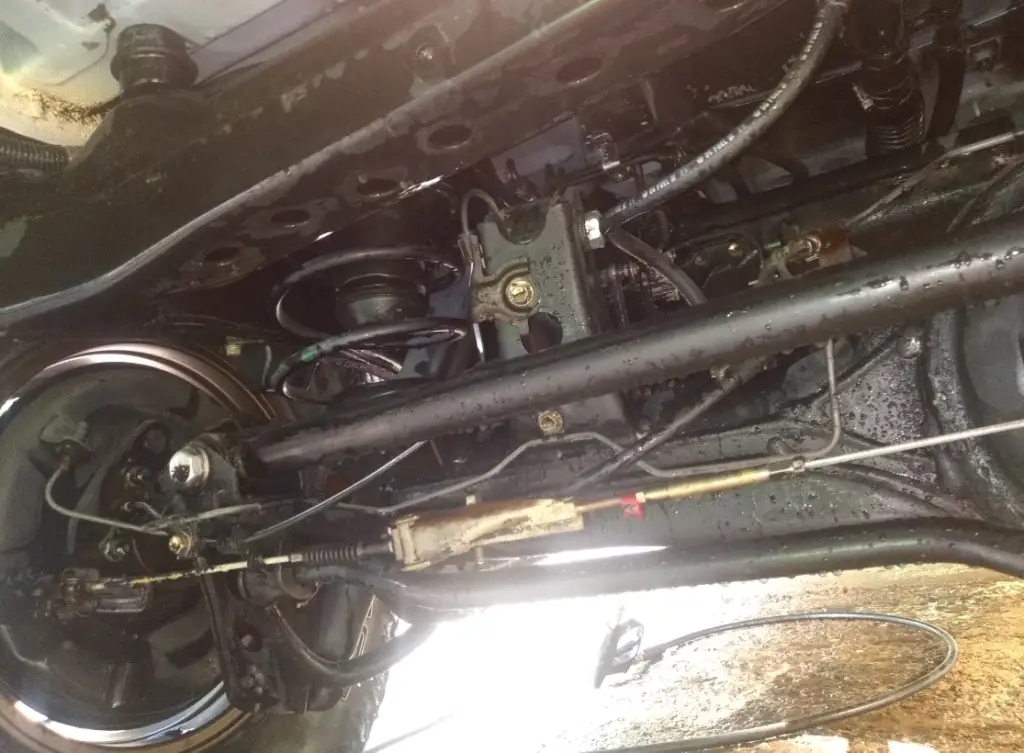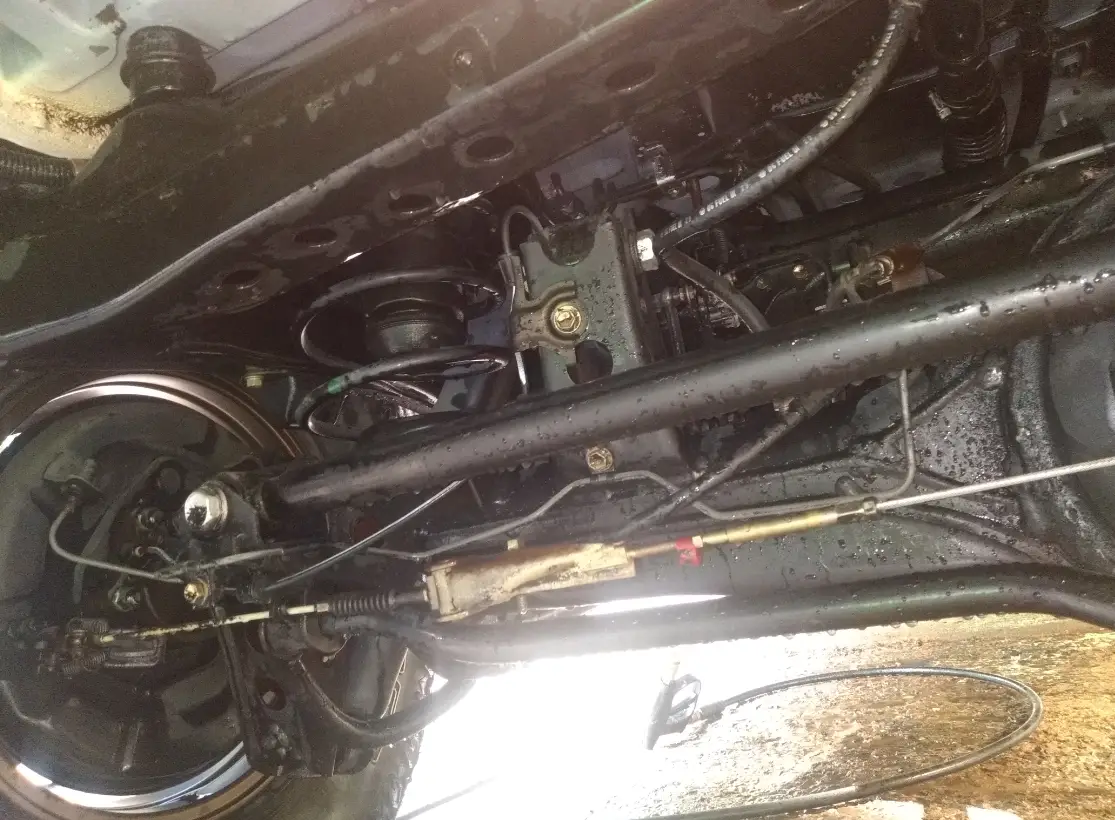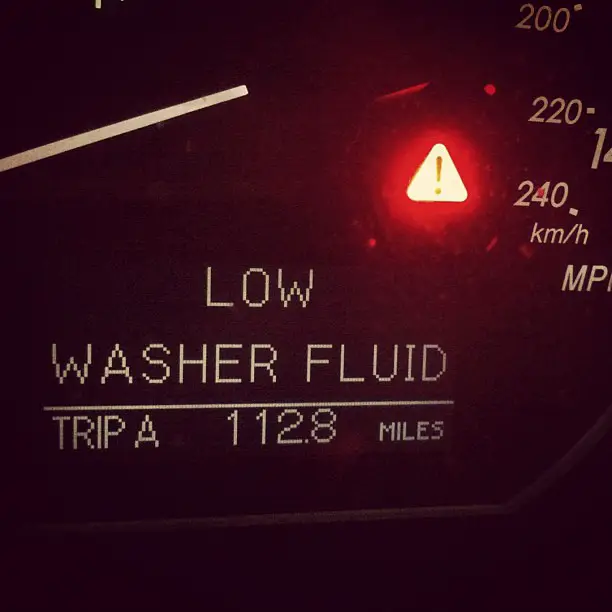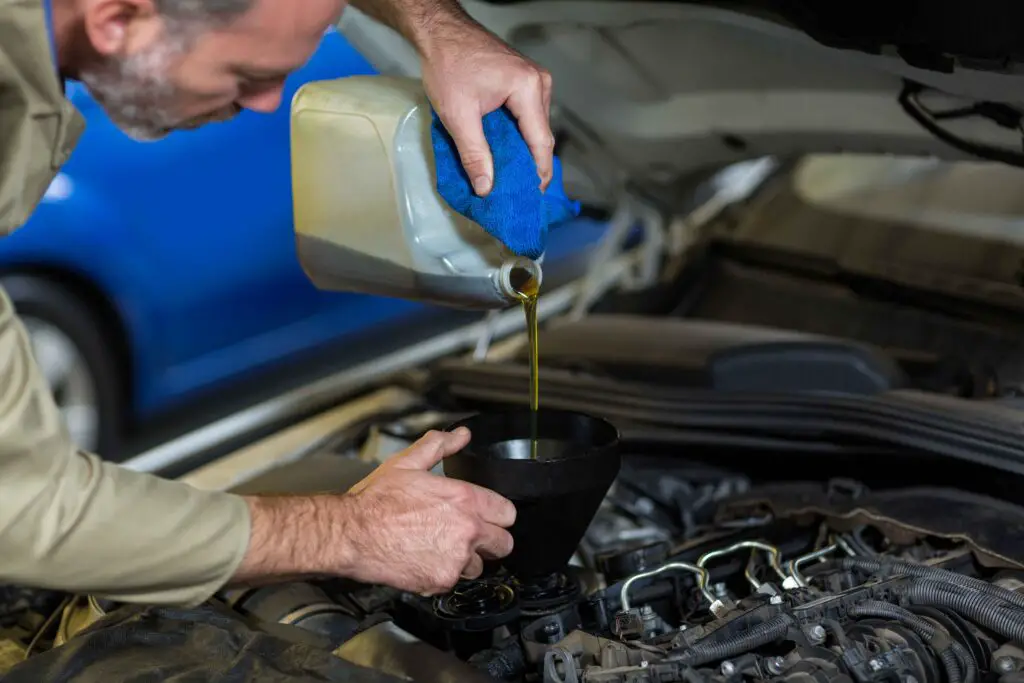
Your car’s undercarriage often remains hidden and, regrettably, forgotten. While many people focus on keeping their car’s exterior spotless, the underside of your vehicle faces constant exposure to dirt, road salt, debris, and moisture, all of which can lead to rust and corrosion.
Over time, these issues can significantly reduce the lifespan of your car, impact its performance, and lead to costly repairs.
Regular undercarriage cleaning is essential to maintain the health of your vehicle, yet it’s a step that many drivers overlook.
This comprehensive guide will explain why undercarriage car wash is important, how to perform it effectively, and the tools and precautions you need to know to keep your car rust-free and running smoothly.
Contents
Key Takeaways
- Undercarriage cleaning is essential for preventing rust, extending your car’s lifespan, and improving performance.
- Use the right tools and products, such as pressure washers and car-safe cleaners, to achieve the best results.
- Be cautious around sensitive components like brake lines and electrical wiring to avoid damage.
- Clean your undercarriage more frequently in winter or after off-road driving.
- Choose between DIY cleaning for cost savings or professional cleaning for convenience and thoroughness.
Why Undercarriage Cleaning is Essential
Your car’s undercarriage endures the most challenging road conditions. Dirt, grime, and chemicals like road salt build up over time, creating the perfect environment for rust and corrosion. Here’s why keeping it clean is crucial:
1. Prevents Rust and Corrosion
- Road salt, commonly used in winter to melt snow and ice, is one of the leading causes of rust. When left on your car’s undercarriage, salt accelerates the corrosion process, eating away at metal components.
- Regular undercarriage cleaning removes salt and moisture, preventing rust from forming and spreading.
2. Extends the Lifespan of Your Vehicle
- Rust doesn’t just harm the appearance of your car; it can compromise essential components like brake lines, fuel lines, and the suspension system.
- By cleaning the undercarriage regularly, you protect these components, reducing wear and prolonging the life of your vehicle.
3. Improves Overall Vehicle Performance
- A buildup of mud and debris can interfere with the operation of components like the exhaust system and suspension.
- Removing this debris ensures that your car operates more efficiently, improving fuel economy and ride quality.
How to Perform an Undercarriage Car Wash
Cleaning your car’s undercarriage doesn’t have to be a complicated process. Here’s a step-by-step guide to do it effectively:
Step 1: Pre-Treat the Undercarriage
- Use an all-purpose cleaner or degreaser to loosen dirt, grime, and salt buildup. Spray the cleaner evenly across the undercarriage.
- Let it sit for 5–10 minutes to break down tough grime.
Step 2: Agitate with a Brush or Mitt
- For areas with heavy buildup, use a soft-bristle brush or microfiber mitt to gently scrub.
- Focus on areas like the wheel wells, suspension, and frame rails where dirt tends to accumulate.
Step 3: Rinse Thoroughly
- Using a pressure washer is the most effective way to clean the undercarriage. If you don’t have one, a garden hose with a high-pressure nozzle works too.
- Spray from multiple angles to ensure all dirt and cleaner residue are removed.
Step 4: Dry the Undercarriage
- Let the undercarriage air dry or use a leaf blower to speed up the process. Avoid leaving water to sit, as this can lead to rust.
Addressing Concerns:
- If you’re worried about sensitive areas like the exhaust, brakes, or electrical components, reduce the pressure on your washer and avoid direct spraying on these parts.
- Determine whether scrubbing is necessary; in many cases, letting the cleaner soak and rinsing with high-pressure water is sufficient.
Tools and Products for Undercarriage Cleaning
The right tools and products can make undercarriage cleaning more effective and easier to perform. Here’s what you’ll need:

Recommended Tools
- Pressure Washer: Best for removing stubborn dirt and grime.
- Undercarriage Cleaning Nozzles: Specialized attachments that spray water upward for easier access.
- Soft-Bristle Brushes: Ideal for agitating tough dirt without damaging components.
- Ramps or Jacks: To elevate your car for better access (optional).
Recommended Products
- All-Purpose Cleaner or Degreaser: Designed to break down grime and salt without damaging coatings.
- Car-Safe Soap: Use a pH-neutral soap to avoid harming the undercarriage’s protective coatings.
Addressing Concerns:
- Avoid using harsh chemicals that can degrade non-oil-resistant rubbers, such as bushings and seals.
- Read product labels to ensure they are safe for use on your car’s materials.
Safety Tips and Precautions
Cleaning the undercarriage involves areas with sensitive components, so it’s important to take precautions to avoid damage.
Key Safety Tips
- Avoid High Pressure on Sensitive Areas: Use lower water pressure around brake lines, electrical wiring, and the exhaust system.
- Choose the Right Products: Use cleaning products that are safe for car metals and coatings. Avoid corrosive chemicals.
- Check for Vulnerable Spots: Be cautious when spraying inside frame rails, doors, or other hidden areas where water can get trapped and cause rust.
- Protect Yourself: Wear gloves, goggles, and protective clothing to avoid contact with chemicals and dirt.

Frequency of Undercarriage Cleaning
How often should you clean your car’s undercarriage? The answer depends on your driving conditions:
- Winter Months: Clean the undercarriage every 2–3 weeks if you’re driving on salted roads to remove salt buildup.
- Off-Road Driving: Wash after every off-road trip to remove mud and debris.
- Regular Driving: For most drivers, cleaning the undercarriage 2–3 times per year is sufficient.
Factors like climate, road conditions, and vehicle usage should guide your cleaning schedule.
Professional vs. DIY Undercarriage Cleaning
Deciding whether to clean the undercarriage yourself or hire a professional depends on your budget and preferences.
Professional Cleaning
- Cost: Typically costs between $20–$100, depending on the service.
- Thoroughness: Professionals use advanced equipment to clean hard-to-reach areas.
- Convenience: Saves time and effort.
DIY Cleaning
- Cost: Requires an initial investment in tools but is more economical in the long run.
- Control: Allows you to focus on areas you feel need extra attention.
- Effort: Can be time-consuming and requires some knowledge of your car’s undercarriage.
Conclusion
Maintaining your car’s undercarriage is a vital part of keeping your vehicle in top condition.
Regular cleaning prevents rust, protects essential components, and ensures your car lasts longer while performing at its best.
Don’t overlook this critical aspect of car maintenance.
Start incorporating undercarriage cleaning into your routine today, whether through DIY methods or by relying on professional services.




Leave a Reply